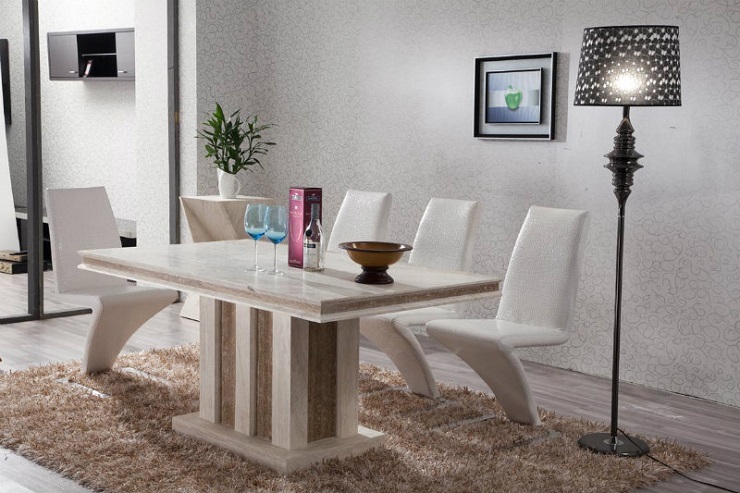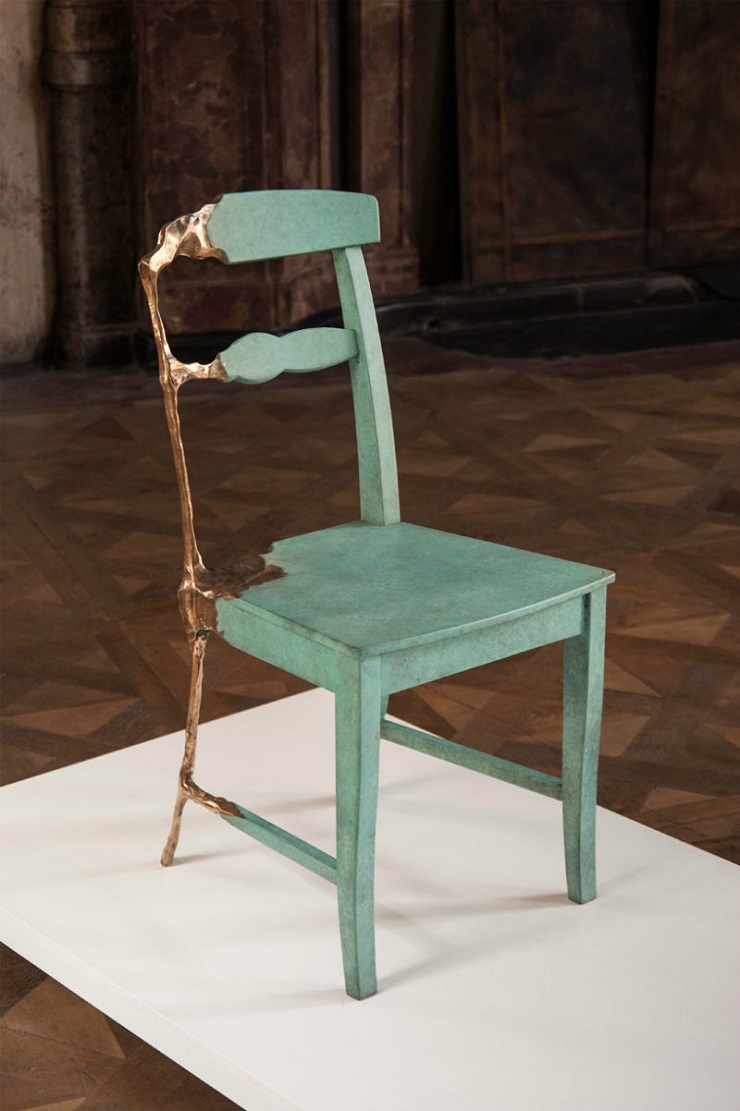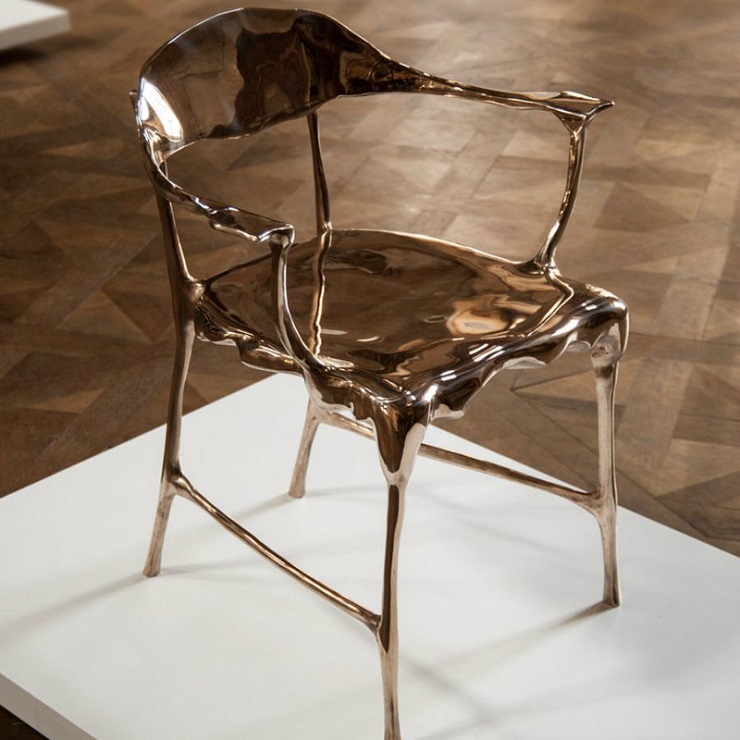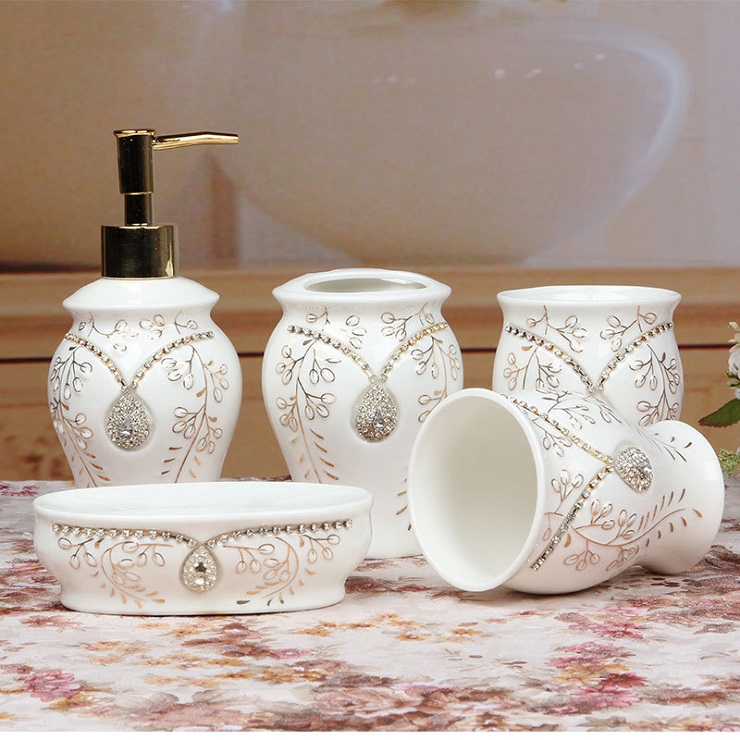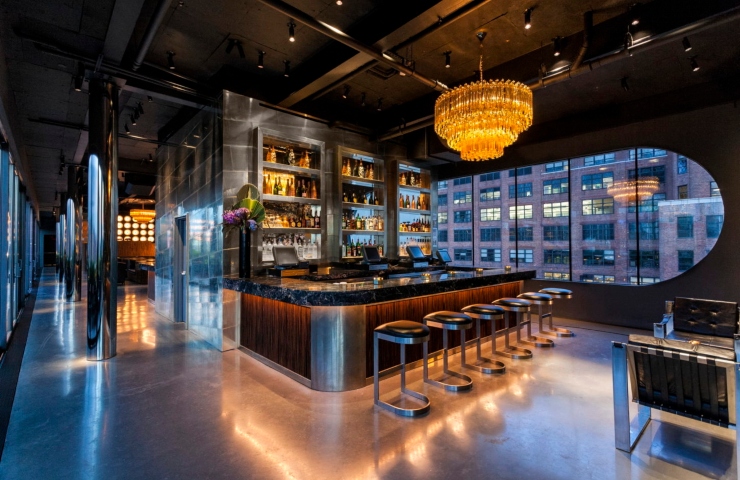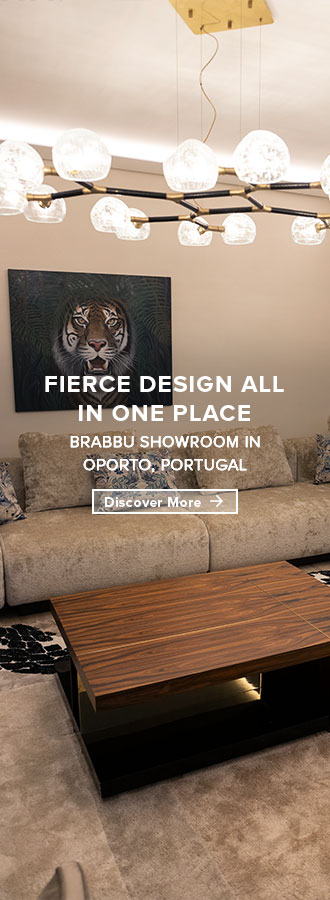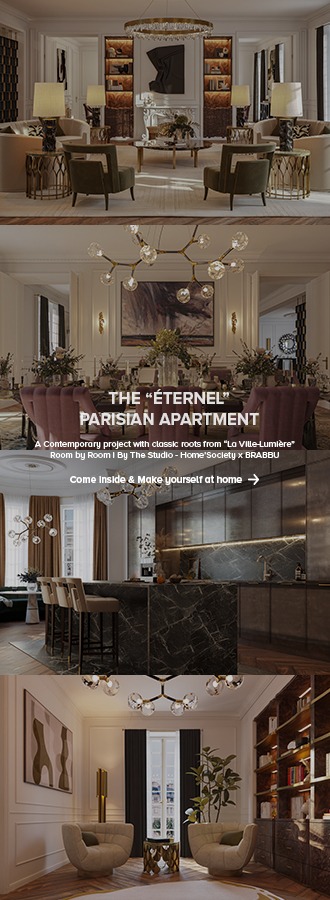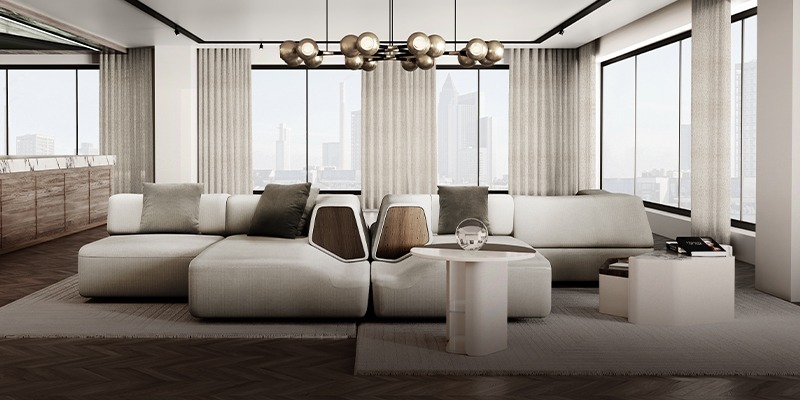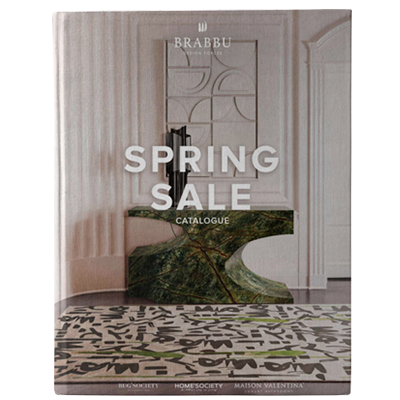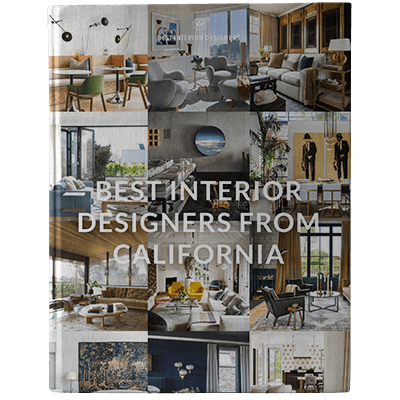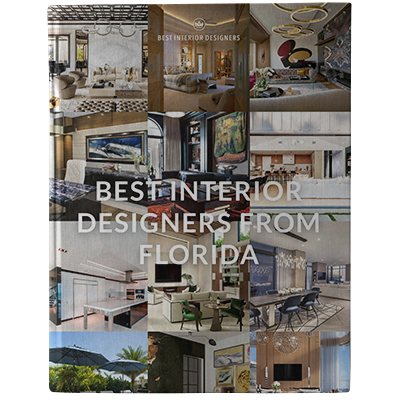
Do you want to know more about the work of expertise and dedication carried out by craftsmen? Take a look on this new article that Design Contract wants to present to you.
The nature of artisans is expressed through the invention, creation and manipulation of materials and objects.
They generate an idea and from within themselves they spew it out into material reality. They take the raw material in their hands and fashion it into things of beauty.
All types of materials may be needed to give life to an idea. Artisans know how to work with all kind of materials and transform them into spectacular design.
From stones to wood, from glass to metals, those craftsmen express their feelings and ideas, which then result in marvelous masterpieces of design.
Marble
Marble is known as a refined material with a versatile character. Used in both luxurious interiors and modern settings, it can easily be combined with natural materials such as copper, wood and leather or with faux decoration elements of the most varied sources. This natural stone has been used in architecture, art and design for thousands of years and it never seems to go out of style. Nero Marquina, Carrara, Malachite and Palissandro are amongst the finest, most high-quality types of marble you will fine worldwide.
Crystal
The modern context for crystal glass is a minimalist backdrop, where the refracted light bouncing of its edges is the focus. Glasses are carefully selected before being hand cut and joined.
Murano glass is world famous for its exquisite quality. Colors, techniques and materials vary depending on the look a glassmaker is trying to create. Raw materials, called flux or melting agents, soften at lower temperatures. The more sodium oxide present in the glass, the slower it solidifies. This is important for hand-working because it allows the glassmaker to have more time to shape the material. The various raw materials that an artisan might add to a glass mixture are sodium (to make the glass surface opaque), nitrate and arsenic (to eliminate bubbles) and coloring or opacifying substances.
Bronze
The first step to creating an art work out of bronze is casting. All pieces must have a mold made from a rubber material spraid over the original work for a perfect imprint of the original piece. It becomes the “mother mold”.
Wax is the next step, and it is poured into the mother mold. Once the wax is dried, it shows the forms of the original image. Just pour the melted bronze in and a masterpiece comes to life. “Lost wax casting” is for many artisans the process of choice since it is extremely accurate in replicating detail. As soon as Bronze has returned to its solid state, the parts are assembled and welded together into a perfect artwork. Finally, a coating of patina is manually applied and each piece gets its own, unique finishing. Patina is applied onto the hot bronze surface in order to seal the color and give the work a luster. An artwork is born.
Bronze can handle very well the oxidation process, that’s why it is so used outdoors and in urban projects.
Bronze Age, by Tjep
“Bronze Age collection contains all hand-crafted pieces, using traditional skills that once underpinned our very survival, each piece a manually intensive work and formed from the material that represents the dawn of civilization. For this project I wanted to create something totally opposite to the technology driven trends based on the emergence of new digital tools such as 3d printing. I like the idea that bronze is precious and is therefore implicitly sustainable, it is either preserved or remelted but never discarded, who knows maybe these pieces contain a couple of remelted ancient bronze swords!” Says Frank Tjepkema, lead designer and founder of Tjep.
Fiberglass
Making fiberglass involves just as much art as science. While science creates the high-tech materials that are used in fiberglass molding, it often takes the vision of an artist to form it into a beautiful shape. There is no set-in-stone formula for making a fiberglass mold, or a fiberglass part. There is some freedom for artistic expression.
See also: New trends in design by Janet Morais
Ceramic
Ceramic is typically produced by the application of heat upon processed clays and other natural raw materials to form a rigid product. Ceramic products that use naturally occurring rocks and minerals as a starting material must undergo special processing in order to control purity, particle size, particle size distribution, and heterogeneity. These attributes play a big role in the final properties of the finished ceramic. Chemically prepared powders are also used as starting materials for some ceramic products.
The next step is to form the ceramic particles into a desired shape. After this process, some pieces may then undergo a polishing step in order to meet specific design criteria.
Glass Furniture
Glass is an element that is far more similar to a liquid than to a solid.
Strange as it may seem, its physical structure is far more like the molecular structure of a liquid than the crystalline structure of a solid. Only a characteristic high degree of viscosity prevents glass particles from sliding one onto another, as happens in liquids.
See also: Marco Piva: Leading Hotel Interior Designer
As temperature increases and contrary to the process that occurs in metals, which at set temperatures run or freeze, glass in fact passes through various stages of malleability, slowly becoming softer until it is finally soft and ductile.
The great and innate versatility of glass also favours its interaction with other materials, providing excellent results in all types of furnishing use.
Glass fits perfectly in any room or surrounding context. Furniture, containers, ornaments and even architectural or design features; the many different facets of glass are ideal for furnishing with discretion and refined elegance.
What do you think of this amazing article that Design Contract had presented to you? Stay tuned on Design Contract for more amazing articles.
Don´t forget and leave your opinion on this article.
Stay online with us and follow us on Facebook, Pinterest, Twitter and Stumbleupon.




